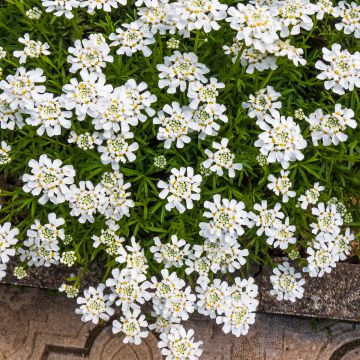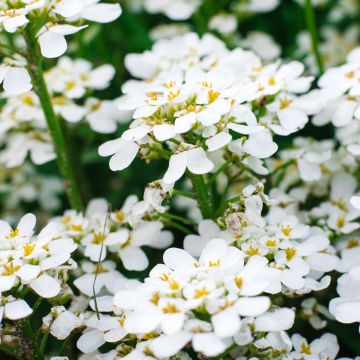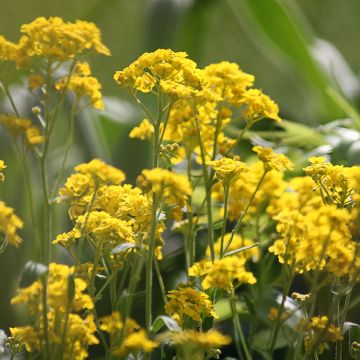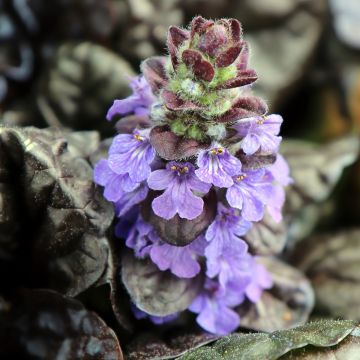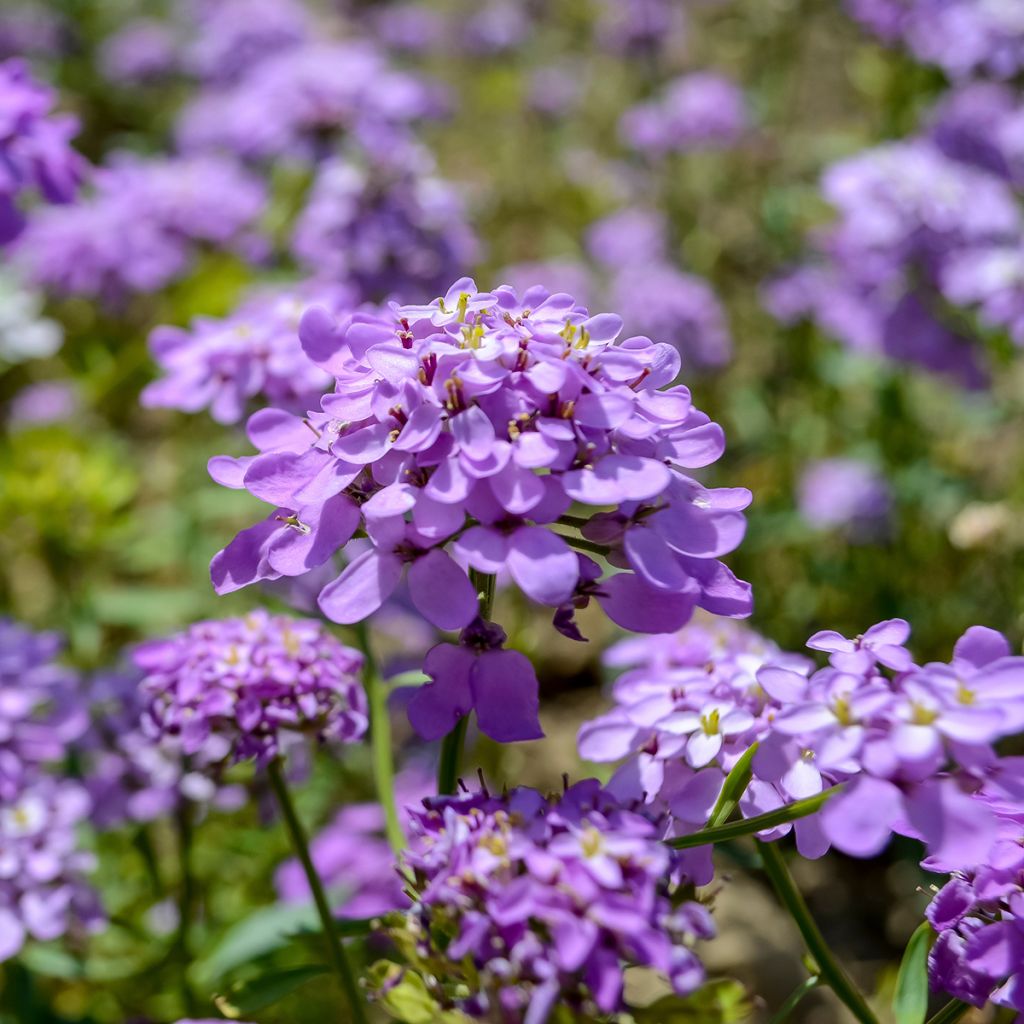

Iberis Absolutely Amethyst


Iberis Absolutely Amethyst
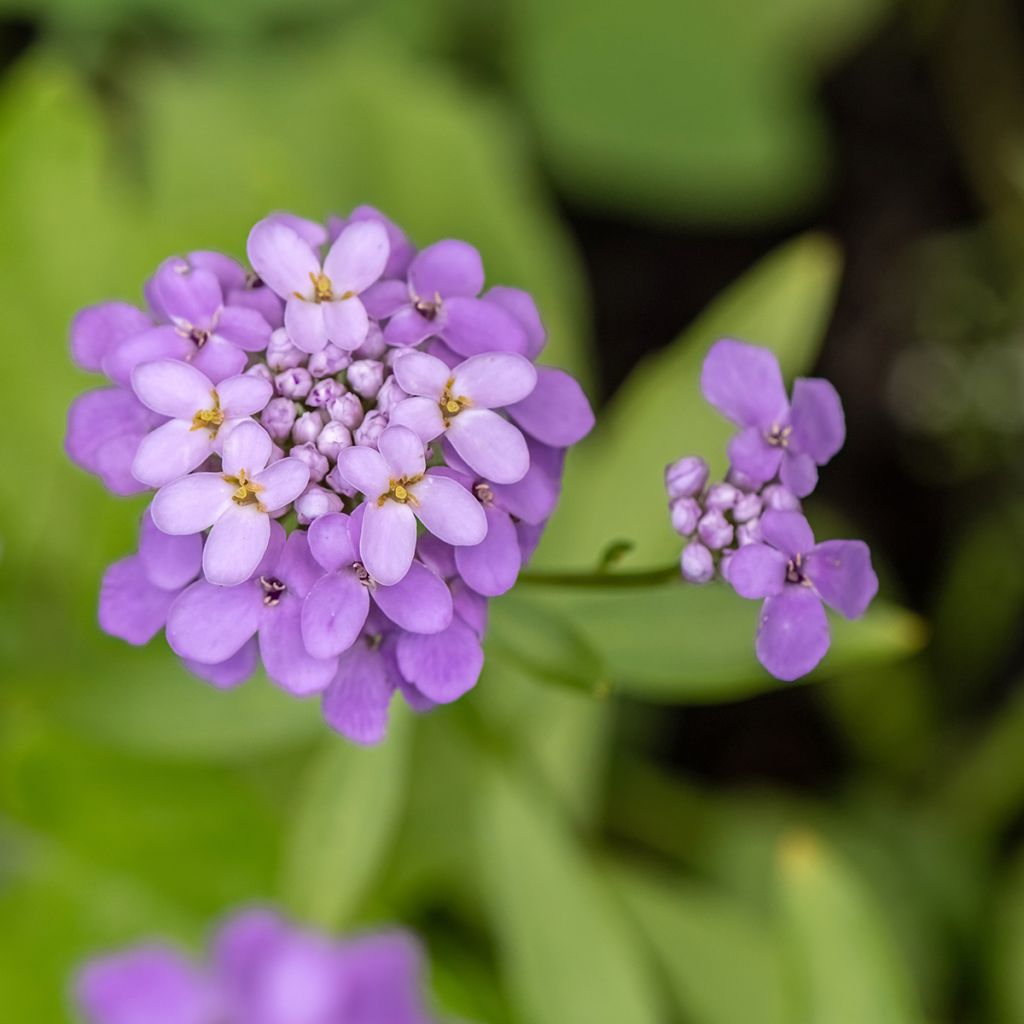

Iberis Absolutely Amethyst


Iberis Absolutely Amethyst


Iberis Absolutely Amethyst


Iberis Absolutely Amethyst


Iberis Absolutely Amethyst
Iberis Absolutely Amethyst
Iberis Absolutely Amethyst ('Ib2401')
Garden Candytuft, Globe Candytuft,
This item cannot be shipped to the selected country
Delivery charge from €5.90
More information
Schedule delivery date,
and select date in basket
This plant carries a 12 months recovery warranty
More information
We guarantee the quality of our plants for a full growing cycle, and will replace at our expense any plant that fails to recover under normal climatic and planting conditions.
From €5.90 for pickup delivery and €6.90 for home delivery
Express home delivery from €8.90.

Does this plant fit my garden?
Set up your Plantfit profile →
Description
Iberis Absolutely Amethyst is the first evergreen and hardy perennial variety with violet flowers in spring instead of white. Its umbels of small flowers in a light purple colour, enhanced with small golden yellow stamens, rise above a cushion of dark and persistent foliage, effectively covering the ground throughout the year. This very durable perennial plant is also remarkably sober, even in the lean and dry soil of a rockery or a sunny border. It also grows very well in pots, where it will only require a few waterings.
Iberis sempervirens is an undershrub of the Brassicaceae family, native to the Mediterranean region. This plant perfectly tolerates heat and drought once well established and prefers well-drained soils. Absolutely Amethyst is a recent hybrid cultivar, somewhat revolutionary due to its mauve-pink flowers, a colour never before observed in the species. Its dark green and evergreen foliage is composed of numerous small oblong and narrow leaves, measuring barely 2cm (1in). They are carried by woody stems that form a dense tuft measuring 30 to 35cm (12 to 14in) in height and at least 40cm (16in) in width. The persistent cushions of Absolutely Amethyst are covered from April to June with flat and compact clusters of inflorescences measuring 5cm (2in) wide, 4 to 6 weeks after the white-flowered varieties. They consist of very small four-petalled flowers in a mauve almost pink colour, animated by the ballet of pollinating insects.
Highly resistant to drought once well established, Iberis Absolutely Amethyst is content with any type of well-drained soil, even poor and limestone. It is particularly decorative, hardy down to at least -15°C (5°F). To enliven and add luxuriance to a rockery or stony and difficult soil, this variety is essential. It coexists with aubrietas, arabis, cerastium, moss phlox, Stachys lanata, cerastostigma, teucrium, along pathways and patios, emphasizing the front of flower beds and completing the range of colours of each. It also finds its place in container compositions and can be combined with spring bulbs in pastel shades, such as Hyacinth 'China Pink' and tulips from the Harmonie Bruges collection, for example. Growing in pots is perfectly possible, with regular watering in well-drained substrate.
Report an error about the product description
Iberis Absolutely Amethyst in pictures




Flowering
Foliage
Plant habit
Botanical data
Iberis
Absolutely Amethyst ('Ib2401')
Brassicaceae
Garden Candytuft, Globe Candytuft,
Cultivar or hybrid
Other Iberis
Planting and care
Plant in spring or autumn directly in place or in a container under a sunny exposure. It will also tolerate some shade.
It prefers poor, even chalky, rocky or sandy soils. In richer or slightly heavier soil, be sure to add some gravel or coarse sand during planting, as it will not appreciate stagnant water, especially in winter, which will reduce its cold resistance.
This plant requires little maintenance. Simply remove faded flowers by lightly pruning it if you want to maintain a more compact shape.
Planting period
Intended location
Care
-
, onOrder confirmed
Reply from on Promesse de fleurs
Spring flowering perennials
Haven't found what you were looking for?
Hardiness is the lowest winter temperature a plant can endure without suffering serious damage or even dying. However, hardiness is affected by location (a sheltered area, such as a patio), protection (winter cover) and soil type (hardiness is improved by well-drained soil).

Photo Sharing Terms & Conditions
In order to encourage gardeners to interact and share their experiences, Promesse de fleurs offers various media enabling content to be uploaded onto its Site - in particular via the ‘Photo sharing’ module.
The User agrees to refrain from:
- Posting any content that is illegal, prejudicial, insulting, racist, inciteful to hatred, revisionist, contrary to public decency, that infringes on privacy or on the privacy rights of third parties, in particular the publicity rights of persons and goods, intellectual property rights, or the right to privacy.
- Submitting content on behalf of a third party;
- Impersonate the identity of a third party and/or publish any personal information about a third party;
In general, the User undertakes to refrain from any unethical behaviour.
All Content (in particular text, comments, files, images, photos, videos, creative works, etc.), which may be subject to property or intellectual property rights, image or other private rights, shall remain the property of the User, subject to the limited rights granted by the terms of the licence granted by Promesse de fleurs as stated below. Users are at liberty to publish or not to publish such Content on the Site, notably via the ‘Photo Sharing’ facility, and accept that this Content shall be made public and freely accessible, notably on the Internet.
Users further acknowledge, undertake to have ,and guarantee that they hold all necessary rights and permissions to publish such material on the Site, in particular with regard to the legislation in force pertaining to any privacy, property, intellectual property, image, or contractual rights, or rights of any other nature. By publishing such Content on the Site, Users acknowledge accepting full liability as publishers of the Content within the meaning of the law, and grant Promesse de fleurs, free of charge, an inclusive, worldwide licence for the said Content for the entire duration of its publication, including all reproduction, representation, up/downloading, displaying, performing, transmission, and storage rights.
Users also grant permission for their name to be linked to the Content and accept that this link may not always be made available.
By engaging in posting material, Users consent to their Content becoming automatically accessible on the Internet, in particular on other sites and/or blogs and/or web pages of the Promesse de fleurs site, including in particular social pages and the Promesse de fleurs catalogue.
Users may secure the removal of entrusted content free of charge by issuing a simple request via our contact form.
The flowering period indicated on our website applies to countries and regions located in USDA zone 8 (France, the United Kingdom, Ireland, the Netherlands, etc.)
It will vary according to where you live:
- In zones 9 to 10 (Italy, Spain, Greece, etc.), flowering will occur about 2 to 4 weeks earlier.
- In zones 6 to 7 (Germany, Poland, Slovenia, and lower mountainous regions), flowering will be delayed by 2 to 3 weeks.
- In zone 5 (Central Europe, Scandinavia), blooming will be delayed by 3 to 5 weeks.
In temperate climates, pruning of spring-flowering shrubs (forsythia, spireas, etc.) should be done just after flowering.
Pruning of summer-flowering shrubs (Indian Lilac, Perovskia, etc.) can be done in winter or spring.
In cold regions as well as with frost-sensitive plants, avoid pruning too early when severe frosts may still occur.
The planting period indicated on our website applies to countries and regions located in USDA zone 8 (France, United Kingdom, Ireland, Netherlands).
It will vary according to where you live:
- In Mediterranean zones (Marseille, Madrid, Milan, etc.), autumn and winter are the best planting periods.
- In continental zones (Strasbourg, Munich, Vienna, etc.), delay planting by 2 to 3 weeks in spring and bring it forward by 2 to 4 weeks in autumn.
- In mountainous regions (the Alps, Pyrenees, Carpathians, etc.), it is best to plant in late spring (May-June) or late summer (August-September).
The harvesting period indicated on our website applies to countries and regions in USDA zone 8 (France, England, Ireland, the Netherlands).
In colder areas (Scandinavia, Poland, Austria...) fruit and vegetable harvests are likely to be delayed by 3-4 weeks.
In warmer areas (Italy, Spain, Greece, etc.), harvesting will probably take place earlier, depending on weather conditions.
The sowing periods indicated on our website apply to countries and regions within USDA Zone 8 (France, UK, Ireland, Netherlands).
In colder areas (Scandinavia, Poland, Austria...), delay any outdoor sowing by 3-4 weeks, or sow under glass.
In warmer climes (Italy, Spain, Greece, etc.), bring outdoor sowing forward by a few weeks.





































